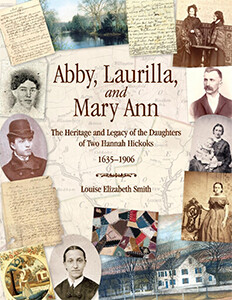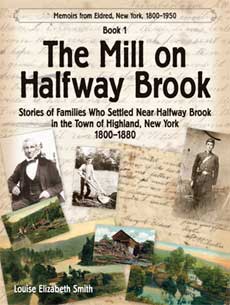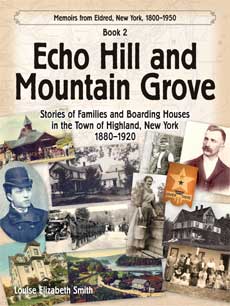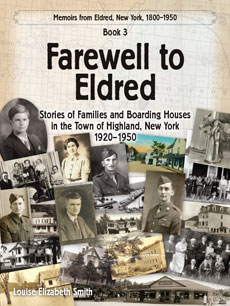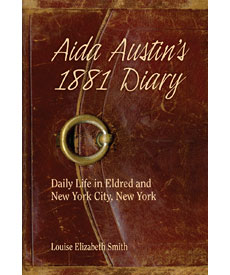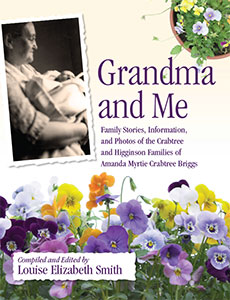The bark of the hemlock tree was used in the many tanneries of the area in the nineteenth century. Tannin found in Hemlock bark stops the natural decay and makes the leather flexible and durable, preserving the hide.
Hemlock bark was removed from trees, stacked and dried, and then ground into powder for use in the tanning process.
Animal hides were repeatedly soaked in the bark from the Hemlock tree (or Chestnut Oak), and mixed with other ingredients. An acidic chemical reaction slowly changed the hide into leather.
Millions of hemlock trees, after the bark was removed for the tanneries, were left to decay.—http://www.minisink.org/hisdoor.html
When I was a boy, I could walk to town and never touch the ground by hopping from hemlock tree to hemlock tree that were laying on the ground.
—Garfield Leavenworth, born 1882
The hemlock trees were cut down for the bark, which was peeled and used in the leather tanning process. There was a tanning mill in Sparrowbush. In fact, they recently put up a marker sign where the mill was on route 97.
—Kevin Marrinan


